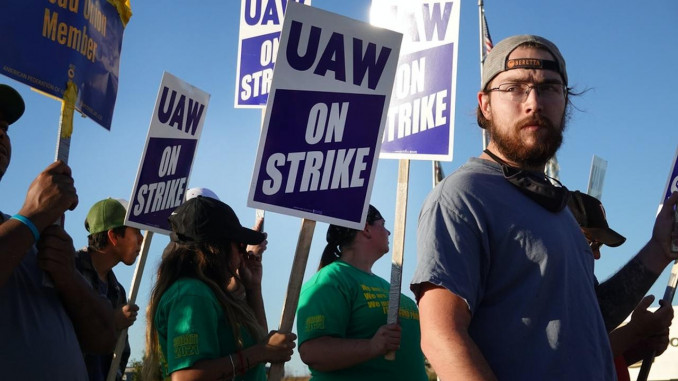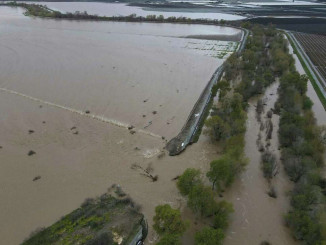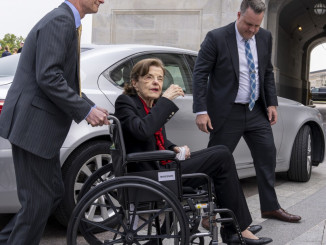
After decades with very few strikes, this fall is seeing a mini strike wave with small strikes scattered throughout the U.S. And in the past month, there have been four major strikes: 2,000 Seattle carpenters just ended a winning strike; 1,400 workers at Kellogg’s cereal in the Midwest and 2,000 telecom workers in California have been on strike for two weeks; 35,000 nurses and health care workers have authorized a strike against hospital chain Kaiser-Permanente; 2,000 more nurses and health care workers striking in Buffalo; and 10,000 John Deere workers in Iowa, Illinois and Kansas just began a strike. Following small strikes this year at the Hunt’s Point Market in New York, a Volvo truck factory in Virginia, and small strikes at Columbia University and NYU in New York, these actions make 2021 one of the most active strike years in decades.
The reasons behind these many strikes are varied. Inflation is making it harder for workers to make ends meet. Front line workers are fed up with being forced to work through a deadly pandemic with no real improvement in pay or safety conditions. Workers’ wages have not kept up with the rising cost of living for decades. Understaffing puts more pressure on workers, leading to burnout and demoralization. And finally, the pandemic has made millions rethink the tradeoffs they make in taking poorly paying, unrewarding work that risks their safety. And of course, there is the constant reason to go on strike: the daily indignities and abuses heaped on workers by the bosses.
Even without actual strikes taking place, because of the lingering effects of the pandemic, employers are scrambling to find workers. There are five million fewer employed workers than before the pandemic. In these conditions, workers are realizing that for the first time in decades, they actually have the upper hand. And after decades of labor’s decline and loss of power in the face of corporate consolidation and record profits, workers are seeing an opportunity to fight back and have more than enough reason to do so.
Thus, while most unionized workers still have bureaucratic union leaders who try to avoid “rocking the boat” with strikes, the pressure from the workers to put up a fight is mounting. And more workers without unions (at Trader Joe’s, Amazon, Starbucks and others) are talking about and even initiating the process of forming a union. These are all signs that workers are sick and tired of being sick and tired, and that workers are beginning to recognize themselves as a class that needs to organize for their own defense.
While this strike wave is getting lots of attention, it’s still nowhere near the scale or intensity of major strike waves in earlier U.S. history. It hasn’t even reached the peak of the teacher strike wave of 2018 and 2019. It doesn’t approach the millions of public workers like teachers and postal workers who struck in the 1970s in a wave of wildcat strikes. It certainly doesn’t approach the 6 million workers who went on strike in 1946, the biggest strike year in U.S. history. And it doesn’t approach the intensity of the 1934 strike wave, when hundreds of thousands of workers in San Francisco, Toledo, and Minneapolis fought and defeated police, national guard, and armed company thugs in victorious strikes.
But given more than thirty years of nearly no strikes, and nearly seventy years of labor decline, this mini strike wave is a sign of hope for American workers. As one worker said before the John Deere strike began, “Shit’s about to get real.”
Just how real remains to be seen. But there is no question that members of the working class – abused, exploited, and left behind for decades – are starting to stand up for themselves and organize themselves to fight back. And in doing so, they’re getting just a small taste of the real power they hold. And once workers realize that potential, they may begin to recognize the need to go further, and challenge not just their own boss, but the whole rotten system.




